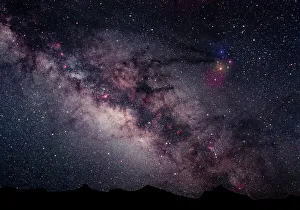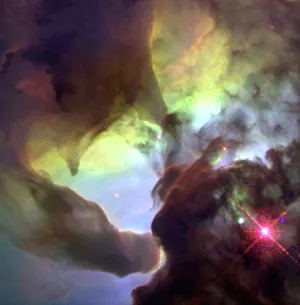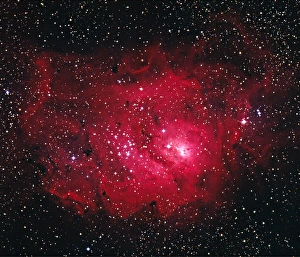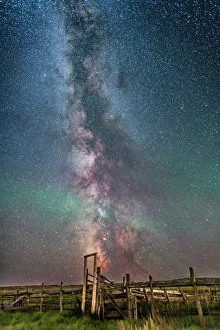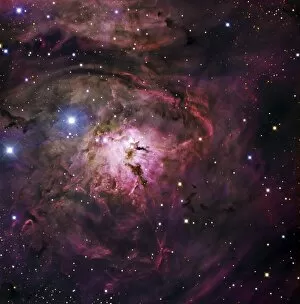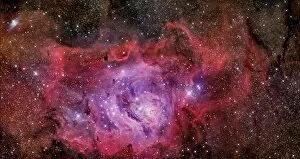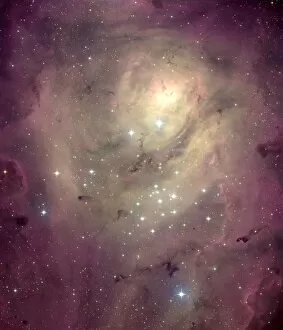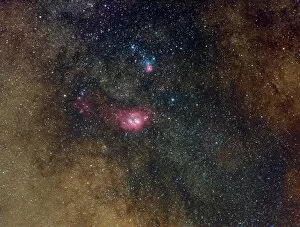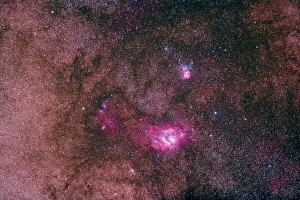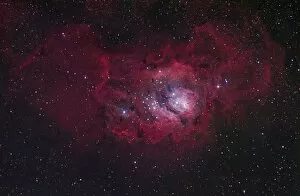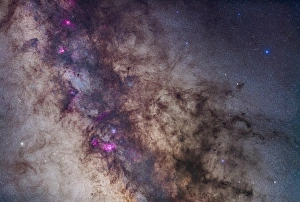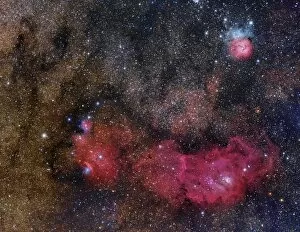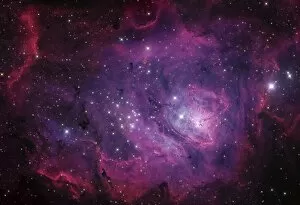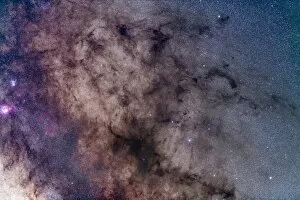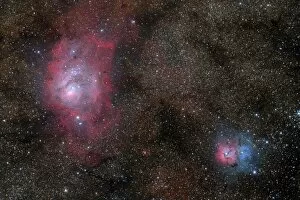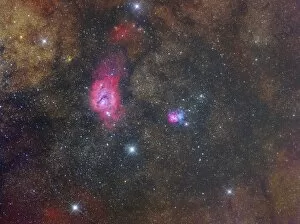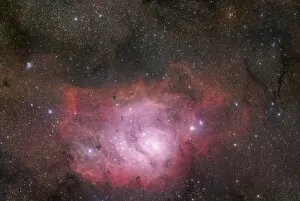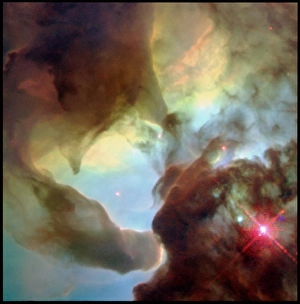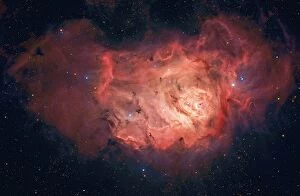Lagoon Nebula Collection
The Lagoon Nebula, also known as M8 or NGC 6523, is a captivating celestial wonder nestled within the vast expanse of the Milky Way
All Professionally Made to Order for Quick Shipping
The Lagoon Nebula, also known as M8 or NGC 6523, is a captivating celestial wonder nestled within the vast expanse of the Milky Way. This mesmerizing nebula showcases giant twisters swirling amidst its ethereal beauty, creating a breathtaking sight for stargazers and astronomers alike. Located in the constellation of Sagittarius, this star-forming region has captured our fascination with its intricate details and stunning colors. The Lagoon Nebula stands out among the countless wonders of space, drawing our attention to its awe-inspiring hourglass shape. As we gaze upon this cosmic masterpiece, we are reminded of the immense scale and complexity of our universe. The widefield view reveals not only the Lagoon Nebula but also other neighboring nebulae in Sagittarius, such as the Trifid Nebula. In this panoramic snapshot of the Milky Way over an old ranch corral, we witness nature's artistry blending seamlessly with astronomical marvels. The Lagoon Nebula takes center stage in this composition by NASA, showcasing its grandeur against a backdrop filled with stars and galaxies. This star nursery serves as a testament to the ongoing process of creation and evolution within our galaxy. It sparks curiosity about what lies beyond our reach and ignites dreams of exploration into uncharted territories. The Lagoon Nebula invites us to ponder on life's mysteries while reminding us that there is still so much left to discover in our ever-expanding universe. Its presence reminds us that even amidst chaos and uncertainty, there is always beauty waiting to be found - both here on Earth and far beyond it.

